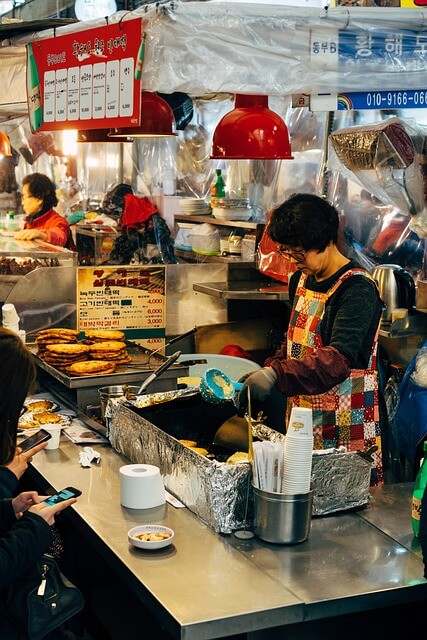🔗 Master Korean Connectors: Talk About Your Daily Life Smoothly – Intermediate Level (TOPIK 3–4)
.jpg)
Master Korean Connectors: Talk About Your Daily Life Smoothly | Intermediate Korean (TOPIK 3–4) Ever felt like your Korean sentences sound short and choppy? In this lesson, you’ll learn how to use essential connectors such as -고, -아서/어서, -지만 to describe your daily life naturally and smoothly. Perfect for TOPIK 3–4 learners aiming for fluency! 📚 Table of Contents Why Connectors Are Important Common Connectors for Daily Life How to Use Them in Sentences Example Sentences Practice Dialogue Did You Know? Final Thoughts 💡 Why Connectors Are Important Connectors help you combine ideas and actions, making your speech sound natural and fluent . Without them, sentences can feel robotic or disconnected. Using connectors like -고, -아서/어서, and -지만 lets you describe sequences, reasons, and contrasts in daily life. 🛠 Common Connectors for Daily Life -고 : “and” – to connect actions or adjectives Example: 학교에 가고 친구를 만났어요. (I went to school...

.jpg)

.jpg)


.jpg)

.jpg)

.jpg)

